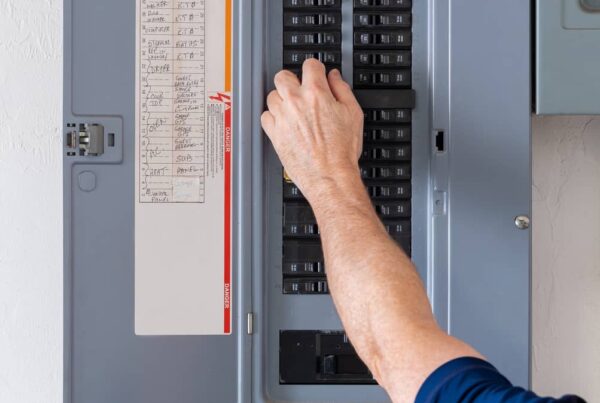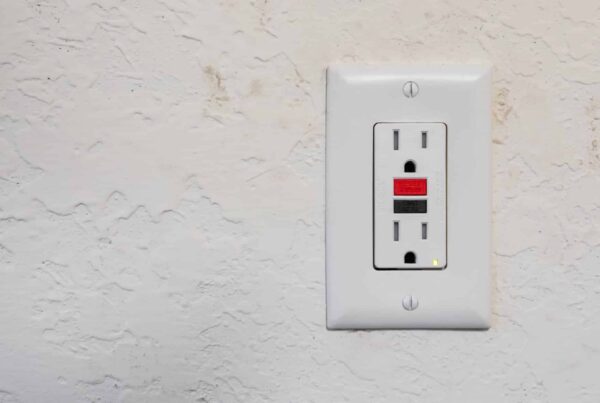
You may have never heard of the term of drip loop, but it is quite important to your home.
A drip loop, is a loop or dip in the service entrance lines right before they enter the service mast conduit on the roof.
The drip loop prevents water from entering the service mast and ultimately, protects your electrical panel from becoming wet on the inside.
How Does A Drip Loop Work?
As it rains, water can get onto service entrance lines. Most of the time, the electrical poles are taller than your roof line so, water easily travels down the electrical wires towards your home.
The dip or loop right before the service mast entrance stops water from continuing to travel to the service mast and allows water to drop off at the bottom.
Why Is It Important?
If you did not have a drip loop on your home, you could have water travel into your service mast entrance and then into your electrical panel or home.
Then, water being an easy conductor can electrify anything it touches which is a huge safety issue and fire hazard! Or, if it does not get into your electrical panel, the water could just show up as a roof leak.

What If You Do Not Have A Drip Loop
Home inspectors look for drip loops when they inspect your home. They are required by code and home inspectors will even call out a missing drip loop on a four point inspection.
If your home inspectors finds you do not have one, you should call the utility company in your area to have it addressed.
Utility companies will need to turn off electric to your home and in most cases, it is the power company that will make the drip loop for you since more slack in the service line is needed.
Other Uses of a Drip Loops
Drip loops can be used for more than just service entrances. They can be used by cable companies and for fish tanks (preventing water from flowing to an outlet).
Concluding
If your home does not have an actual loop like the pictures above, that is okay! As long as there is a dip below the service mast entrance or “weather-head” as it is called, you are good to go!
If you have additional questions, comment below!



